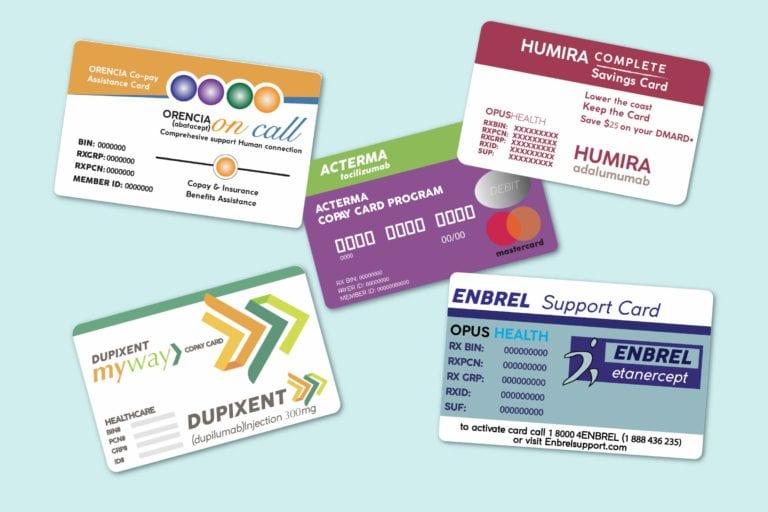

They help employees obtain medicines at a lower cost and remove access barriers that may prevent adherence to treatment. The cards have become popular, and for good reason. In recent years, high-profile corporations such as Walmart, PepsiCo and Home Depot have adopted co-pay accumulators, and the trend is growing.įor more than a decade, drug makers have been offering co-pay cards to consumers who have private health insurance. This type of program is fairly new and growing in popularity, even as some critics question how much savings it really provides to employers.Ĭompanies Explore Co-pay Accumulator Programs One cost-saving tactic is the co-pay accumulator. In general, 68 percent of those with employer insurance gave their health plan an excellent or good rating, the Kaiser Family Foundation poll found.īut in an era of rising prices, new cost-control strategies are needed. This tactic also involves the use of techniques such as requiring prior authorization for some medications and step therapy-seeing if less-expensive drugs work before allowing payment for more-expensive drugs.įor the most part, these tactics have been successful, despite some employee resentment over the persistent hurdles when purchasing prescription drugs. The most popular coping mechanism among employers has been to use a multitiered formulary, an approach devised by pharmacy benefit managers to shift some pharmaceutical costs to employees. Meanwhile, retail pharmacy drugs amounted to 19 percent of employee insurance benefits last year, even when factoring in rebates from drug manufacturers, according to the Kaiser Family Foundation. The cost of prescription drug benefits per organization (among those with 500 or more employees) is expected to reach 6.9 percent of the price of employee health insurance plans this year, up from 6.5 percent in 2018, according to Mercer, a benefits and management consulting firm. And the cumulative effect is placing a growing burden on employers, too. Fourteen percent of those who have health insurance coverage through their employer said they had difficulty affording their medicines last year, a Kaiser Family Foundation poll found.

spending on prescription drugs totaled $333 billion in 2017, up from $236 billion in 2007, according to national health expenditure data from the Centers for Medicare & Medicaid Services.

The annual wholesale cost for Humira, an antiinflammatory drug dispensed via injectable pen, rose to $67,253 this year from $17,160 in 2007. For example, the cost of Avonex rose to $90,035 from $59,085 per year, while Tysabri climbed to $83,152 from $60,827. List prices for older multiple sclerosis medicines increased between 20, even as newer treatments became available. Consider a few examples: Between 20, the typical price for a milliliter of insulin climbed 198 percent, from $4.34 to $12.92.


 0 kommentar(er)
0 kommentar(er)
